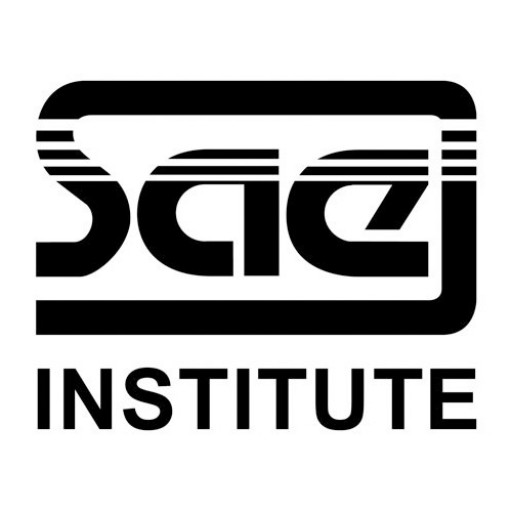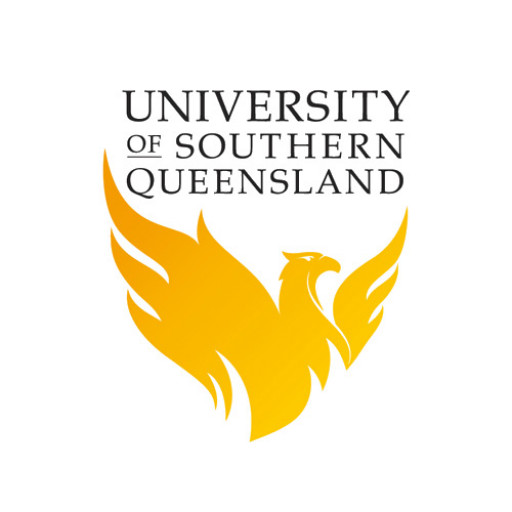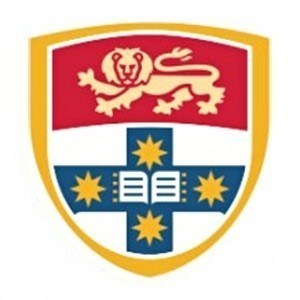Undertake the Associate amount of Design with a picture design pathway at SAE and start a career at the boundless realm of the graphic design market. Explore all areas of graphic design from typography, pre press, design for print media, logo design and style, and digital and more. Students will concentrate on the introduction of visual graphics and develop a wide understanding in all areas of the design industry with a focus on graphic layout and aspects of web site design and beyond. Students can study the concepts and methods of drawing using a variety of networking with an emphasis on drawing out of life, including unstructured research and perspective processes such as character and environment construction. The Associate Degree can also be designed as an outstanding pathway to help study, allowing graduates to advance to Bachelor degree qualification.
- Program Title: Bachelor of Design (Creative Media & Visual Communication)
- Degree Level: Bachelor's Degree
- Duration: Typically 3 years full-time
- Delivery Mode: On-campus
- Entry Requirements: Completion of secondary education; specific academic requirements may vary
- Program Description:
The Bachelor of Design in Creative Media & Visual Communication at SAE Creative Media Institute offers students a comprehensive exploration of visual storytelling, design principles, and digital media production. This program is designed to develop students’ creative and technical skills through a blend of theoretical knowledge and practical application. Students will engage in a variety of projects that cover branding, advertising, digital illustration, motion graphics, and user interface design, preparing them for a dynamic career in the media and design industries. Throughout the course, students learn how to communicate ideas effectively through visual media by mastering industry-standard software and tools, while also exploring concepts of aesthetics, ergonomics, and user experience. The curriculum includes modules on graphic design, typography, digital imaging, multimedia production, and project management, enabling students to produce compelling visual content suited for diverse media platforms. Students will benefit from hands-on workshops, collaborative projects, and industry placements that foster real-world skills and professional networks. Graduates of the program are equipped to pursue careers as graphic designers, digital media artists, branding specialists, or creative directors in various sectors such as advertising, publishing, gaming, and web development. Our faculty comprises experienced industry professionals committed to nurturing innovative thinkers who can adapt to the rapidly evolving digital landscape. By the end of the program, students will have a robust portfolio showcasing their work, reflecting their technical proficiency and creative vision, prepared to launch successful careers in the vibrant world of media and design.
Applicants for degree courses must satisfy one of these minimum entrance criteria: Completion of an Australian Senior Secondary Certificate of Education (SSCE) or equivalent, OR Completion of a diploma level qualification issued under the Australian Qualifications Framework (AQF), OR Option entrance for applicants who don't meet certain requirements above. For other entry alternatives, contact your campus directly to learn more.
Tuition fees for the Design programs at SAE Creative Media Institute vary depending on the course length and location. Generally, the institute offers flexible payment options, including upfront payments, installment plans, and financial aid where applicable. In Australia, the full-time undergraduate courses typically cost around AUD 20,000 to AUD 30,000 per year, with some variations based on specific disciplines and campus locations. International students may be required to pay higher tuition fees compared to domestic students. SAE also provides scholarships and grants for eligible students, aiming to reduce the financial burden and support creative talent development. In the United States and other countries where SAE operates, tuition fees are analogous, adjusted for local market conditions and currency exchange rates. For those opting for part-time study or online courses, fees are usually prorated based on the number of credits or modules undertaken. Additionally, students enrolled in Design programs can access various financing options, including education loans, sponsorships, or employer-funded training programs. Payment plans are designed to offer maximum flexibility to accommodate students’ financial circumstances. Prospective students are advised to check the official SAE Creative Media Institute website or contact their admissions office for detailed information on current tuition fees, available scholarships, and specific financing options. It is also recommended that students budget for additional costs such as materials, software, and living expenses during their studies. Overall, SAE aims to make its Design programs accessible by providing multiple financial solutions, ensuring that talented individuals from diverse backgrounds can pursue their creative ambitions without undue financial hardship.
The Design program at SAE Creative Media Institute is a comprehensive course that prepares students for careers in various fields of design, including graphic design, product design, visual communication, and interactive media. The curriculum focuses on developing students' creative skills, technical proficiency, and understanding of industry standards. Students are introduced to a wide range of design principles, including layout, color theory, typography, and user-centered design, which are essential for creating effective visual solutions. The program emphasizes hands-on learning through real-world projects, allowing students to build a professional portfolio that demonstrates their capabilities to potential employers. In addition to creative skills, the course covers essential digital tools and software such as Adobe Creative Suite, which are industry staples for designers. Collaboration and communication skills are also fostered, recognizing the importance of teamwork in professional design environments. The program often includes lectures from industry professionals, workshops, and internships to provide students with valuable insights into current market trends and practices. Graduates of the Design program are equipped to pursue careers as graphic designers, UI/UX designers, branding specialists, or multimedia artists, among other roles. The program aims to blend artistic talent with technical expertise, ensuring that students are well-prepared for the dynamic and evolving landscape of design. Throughout their studies, students are encouraged to explore their individual creativity while adhering to professional standards, making them competitive in the global job market. The program's structure integrates theoretical knowledge with practical application, fostering innovation and problem-solving skills critical for success in the design industry.




